Entry Category: Science and Medicine
aka: Alien Animals
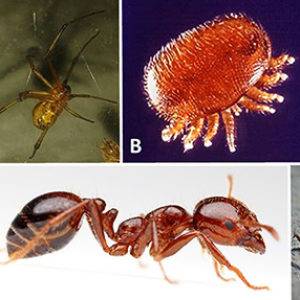 Invasive Arthropods
Invasive Arthropods
 Invasive Ferns and Forbs
Invasive Ferns and Forbs
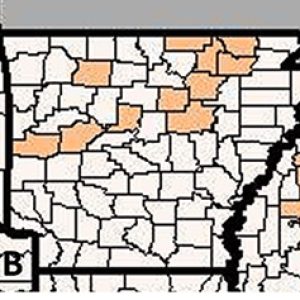 Invasive Grasses
Invasive Grasses
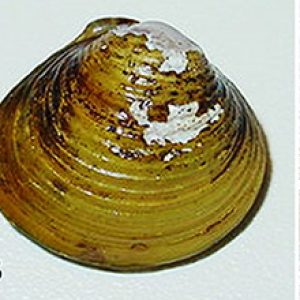 Invasive Invertebrates
Invasive Invertebrates
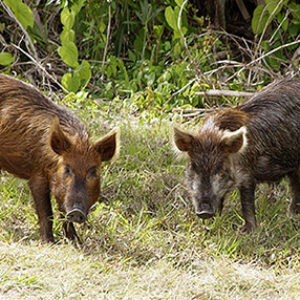 Invasive Mammals
Invasive Mammals
Invasive Plants
aka: Exotic Plants
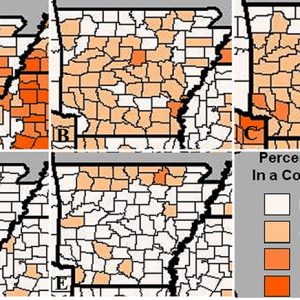 Invasive Shrubs
Invasive Shrubs
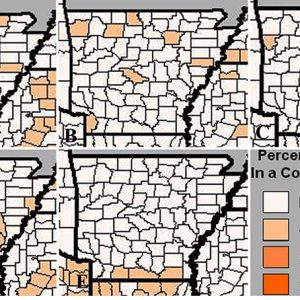 Invasive Trees
Invasive Trees
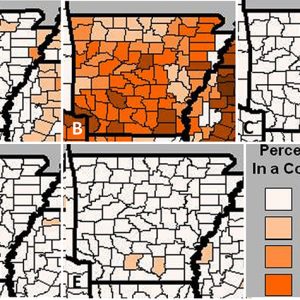 Invasive Vines
Invasive Vines
Irons Fork Experimental Forest
Ish, George William Stanley
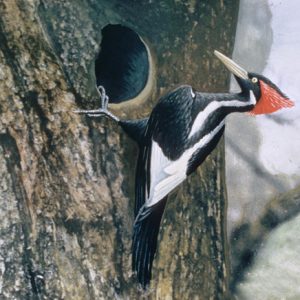 Ivory-billed Woodpecker
Ivory-billed Woodpecker
 Ivory-billed Woodpecker Press Packet
Ivory-billed Woodpecker Press Packet
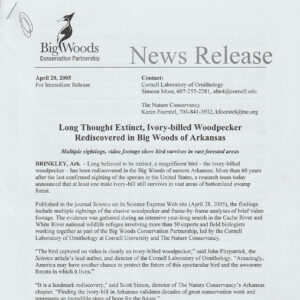 Ivory-billed Woodpecker Press Release
Ivory-billed Woodpecker Press Release
Ivory-billed Woodpeckers
aka: Campephilus principalis
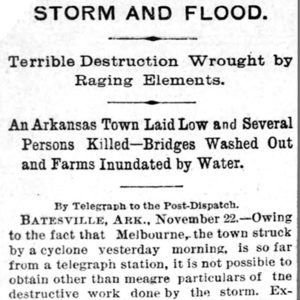 Izard County Tornado Article
Izard County Tornado Article
Izard County Tornado of 1883
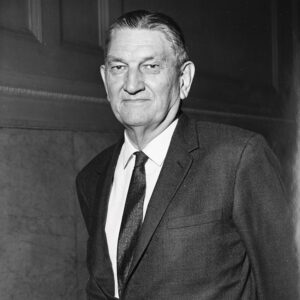 James H. Penick
James H. Penick
James, Douglas Arthur
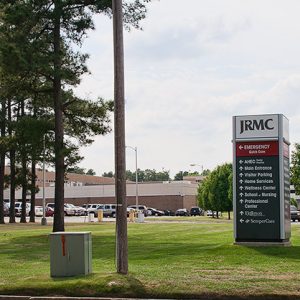 Jefferson Regional Medical Center
Jefferson Regional Medical Center
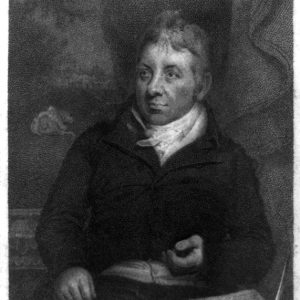 Edward Jenner
Edward Jenner
Jennings, Roscoe Greene
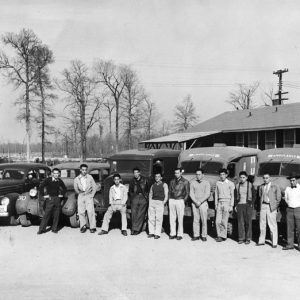 Jerome Relocation Center Hospital Crew
Jerome Relocation Center Hospital Crew
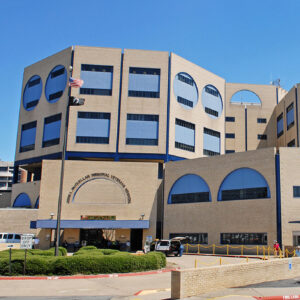 John L. McClellan Memorial Veterans Hospital
John L. McClellan Memorial Veterans Hospital
Johnston, David Augustine Elihue
 D. A. E. Johnston Death Certificate
D. A. E. Johnston Death Certificate
Johnston, Lewis Harrison (L. H.)
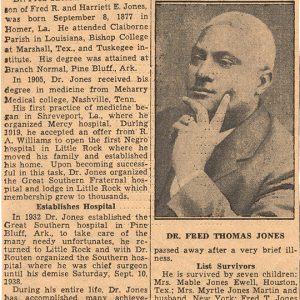 Jones Death
Jones Death
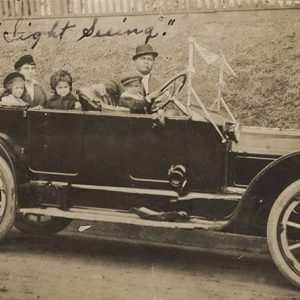 Jones Family
Jones Family
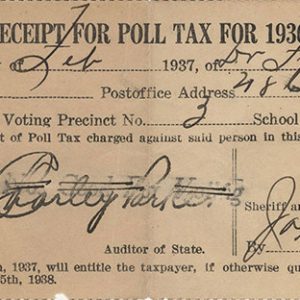 Jones Poll Tax Receipt
Jones Poll Tax Receipt
 Jones Residence
Jones Residence
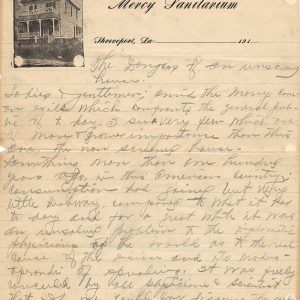 Jones Speech
Jones Speech
Jones, Edith Irby
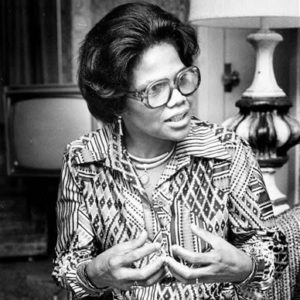 Edith Irby Jones
Edith Irby Jones
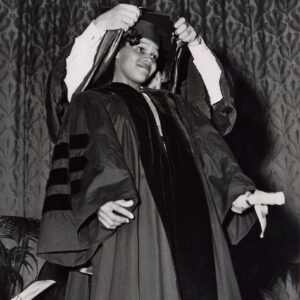 Edith Irby Jones
Edith Irby Jones
Jones, Fred Thomas
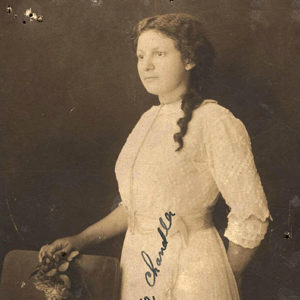 Katie Chandler Jones
Katie Chandler Jones
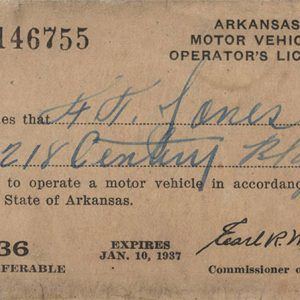 Jones's License
Jones's License
Jordan, Lena Lowe
Jordan, Wilbert Cornelius
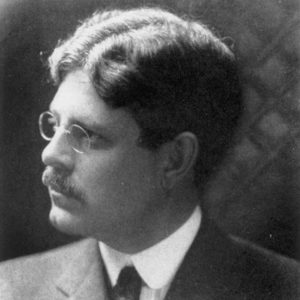 Orange King Judd
Orange King Judd
Jumping Bristletails
aka: Archeognatha
aka: Microcoryphia
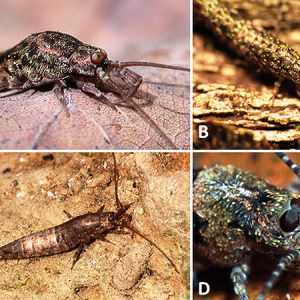 Jumping Bristletails
Jumping Bristletails
Junction Bridge
 Junction Bridge
Junction Bridge
 Junction Bridge
Junction Bridge
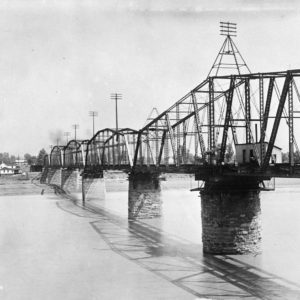 Junction Bridge
Junction Bridge
 Junction Bridge
Junction Bridge
 Junction Bridge Entrance
Junction Bridge Entrance




